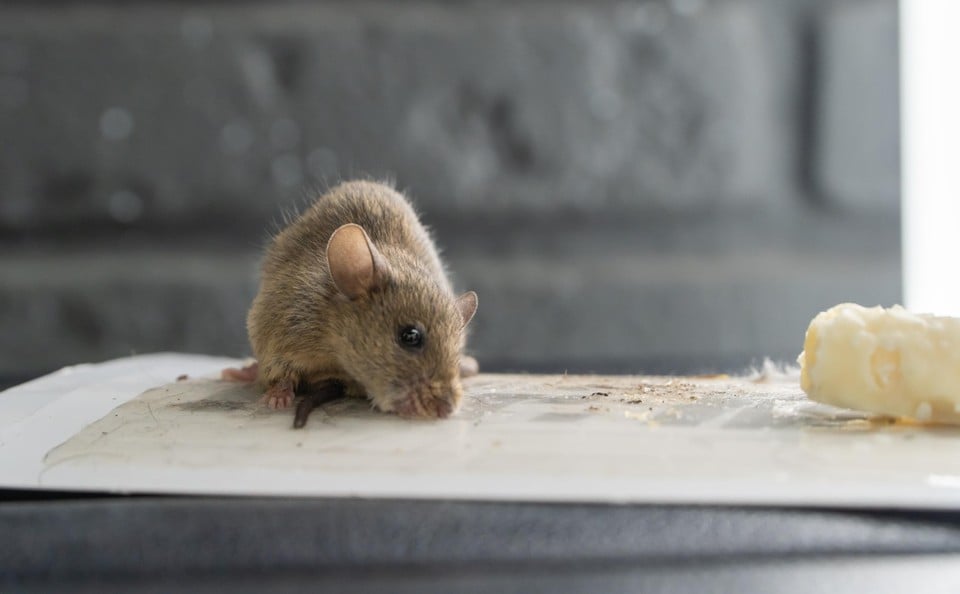Half of the rats in our garden no longer die after eating poison

The rising resistance is especially visible in the east and west of Flanders, but is slowly expanding towards the center, it sounds at the Institute for Nature and Forest Research (Inbo). They have been researching it for twenty years.
How many rats there are in Flanders there are no figures about that. But if they are so difficult to fight, it is quite logical that there are more and more. In Ghent, for example, there were 2,422 reports of rats in the last year and a half, almost 5 times more than in 2020, according to figures from RATO vzw, the organization that is responsible for the pest control in East Flanders.
Growing like rabbits
There are several causes for the growing population. Growing rats to start as rabbitssay professional rat catchers.
« If enough food is present and the temperatures are not too extreme, the brown rat will continue to build. From three months they are fertile and they can mate all year round. In favorable conditions, that leads to around three to five throws of an average of eight young a year, » says Natuurpunt.
« The brown rat, which is in fact an exotic, was born with the genetic property of growing resistance to poison. Although there are personal differences, not every rat can stand just as well against rat poison. But it has only increased over the years. And that worries us, » says Kristof Baert of Inbo.
Read too. Rat plague plays parks: « Do not sprinkle poison yourself, that is a waste of money »
Rates, Rodenticides, Rattengif that acts on blood clotting, do absorb. But due to an inherited sensitivity, they no longer die or only much later.
© Dmitry Presnyakov – Stock.adobe.com
The most recent genetic screening of 2024 confirms the concern of Inbo: half of the Flemish rat population is now resistant. That is a clear increase compared to 2013 when about one in five rats was resistant.
Rat
That is why alternative pesticides and methods are being sought. For example, Cholecalciferol (Vitamin D3) was tested as a promising alternative to resistant populations. But mechanical destruction with rat traps remains the first choice.
« Control is one, prevention is just as important. Many of our houses are real rat restaurants. There is so much food to be picked up in, among other things, manure heaps, poorly sealed garbage bins or chicken coops where the grain or corn just lies in front of grabbing, that we want to keep these rodents to our houses, says Kristof.
Those who have rats in the garden can collect free poison at the town hall of most municipalities. Or the technical service will be placed at your home yourself. With persistent problems you can have a professional rat catcher or rat distribution company come.
You can also buy a rat trap in do-it-yourself stores. There are different systems. Note, rats will always try to flee, but if they feel driven in the corner, they dare to bite.







